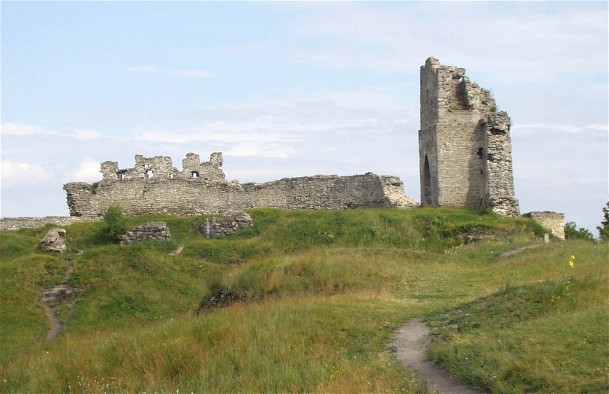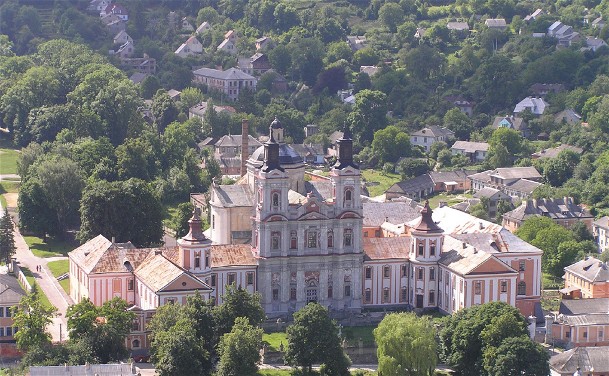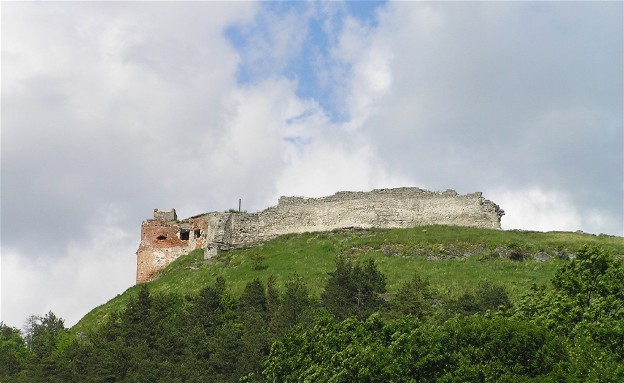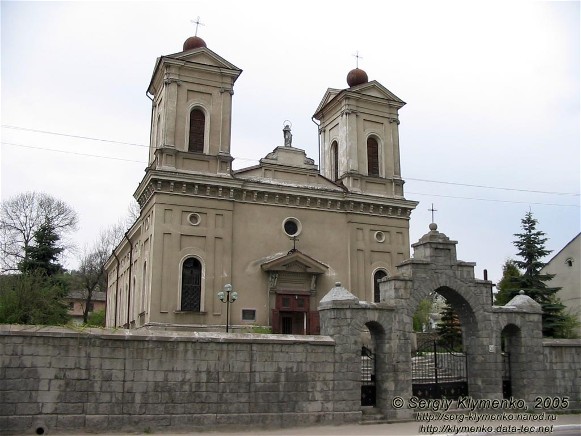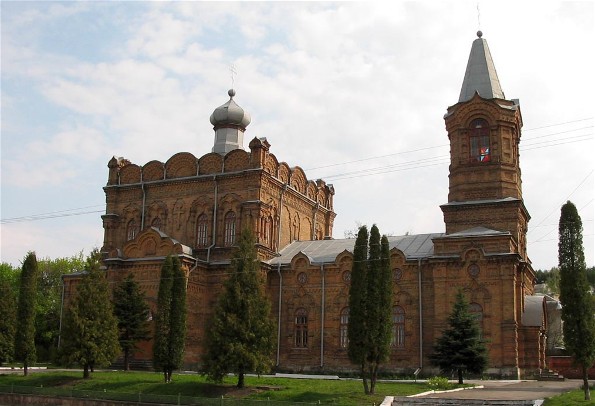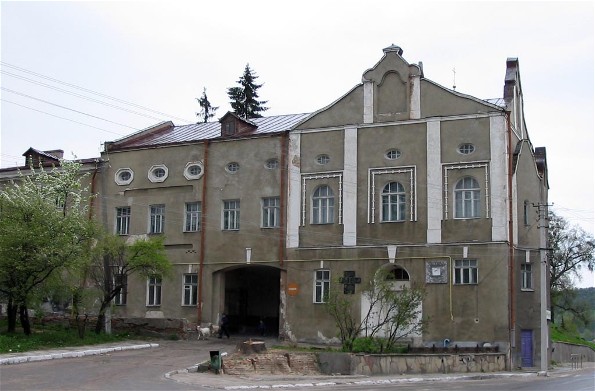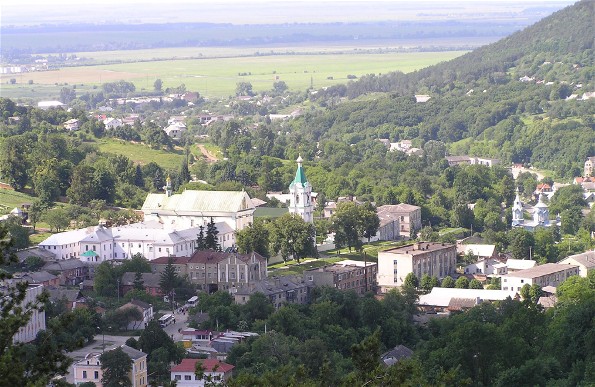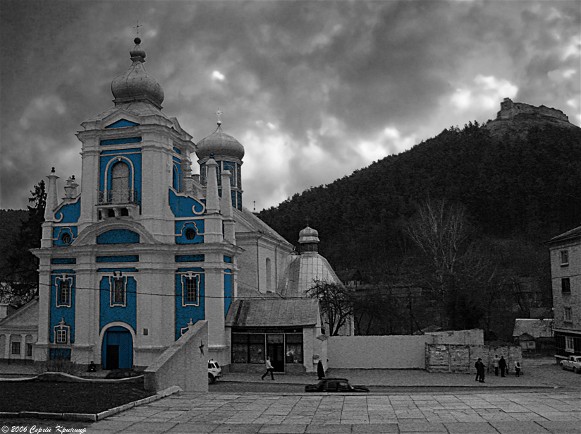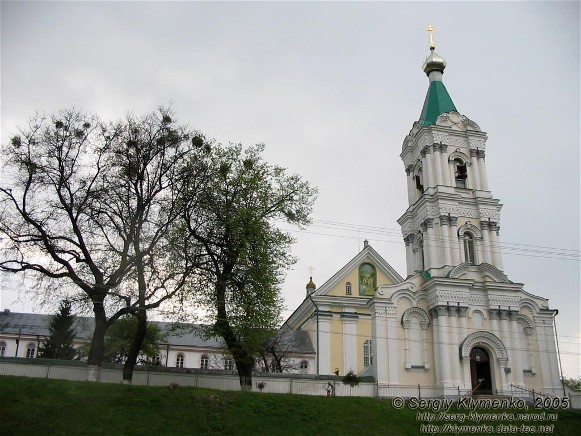Kremenets
Kremenets or Kremianets [Кременець or Крем'янець; Kremenec’ or Krem'janec’]. Map: III-6. City (2017 pop 21,239) and raion center in Ternopil oblast. It is located on the site of Ostra Hora, one of the oldest known settlements in Ukraine, which dates from the Paleolithic Period. Unearthed Greek and Roman coins indicate that inhabitants in the area had trade relations with the Dnipro River region in ancient times. Kremenets was first mentioned in the Hypatian Chronicle under the year 1226. It was one of the strongholds of the Principality of Galicia-Volhynia and withstood several sieges, by Hungarians, Poles, Mongols, and Tatars, before being destroyed in 1261. In 1366 it came under Lithuanian rule. In 1438 it was granted the rights of Magdeburg law. The town flourished in the 15th and 16th centuries. During the years 1536–66 it belonged to the Polish queen Bona, who strengthened its castle and expanded the town. Under Polish rule from 1569, Kremenets was a county town in Volhynia voivodeship and played an important role in Poland's wars against the Tatars and Turks. The Orthodox Epiphany Monastery—with a brotherhood school, printing press, and hospital—was founded there in 1633 (in the years 1725–1839 it was a Uniate monastery run by the Basilian monastic order). In 1648, during the Cossack-Polish War, it was captured by the Cossacks. From the second half of the 17th century the town declined.
In 1793 Kremenets came under Russian rule; from 1797 to 1917 it was a county town in Volhynia gubernia. With the establishment of the Kremenets Lyceum, the town became an important cultural center in the first half of the 19th century and was known as the ‘Volhynian Athens.’ In 1895 it had 13,300 inhabitants, 5,300 of whom were Jews. In 1919 Ukrainian National Republic and Bolshevik forces battled each other for its control. From 1920 to 1939 the town belonged to Poland. Kremenets was an important Orthodox center: it was an eparchial see and located there were a theological seminary, a brotherhood (revived in 1880), and a religious press, which published the periodicals Dukhovnyi siiach and Pravoslavna Volyn’ and liturgical books. It was also an educational center for western Volhynia; a Ukrainian gymnasium and Polish secondary schools were located there.
Today Kremenets has several food-processing and textile plants. Among its institutions are a forestry tekhnikum, a pedagogical school, a medical school, a vocational-technical school, and a regional museum. The city is rich in architectural monuments: ruins of a castle (13th–17th centuries); the Epiphany Monastery (built in the baroque style in 1633); Saint Nicholas's Cathedral (1636); a Jesuit building complex (built in 1731–43), including a lyceum, college, and church (photo: Kremenets Lyceum complex); and a number of religious and residential buildings of the 16th to 18th centuries.
BIBLIOGRAPHY
El’hort, B. Kremenets’. Istoryko-kraieznavchyi narys (Lviv 1969)
Volodymyr Kubijovyč
[This article originally appeared in the Encyclopedia of Ukraine, vol. 2 (1989).]
.jpg)
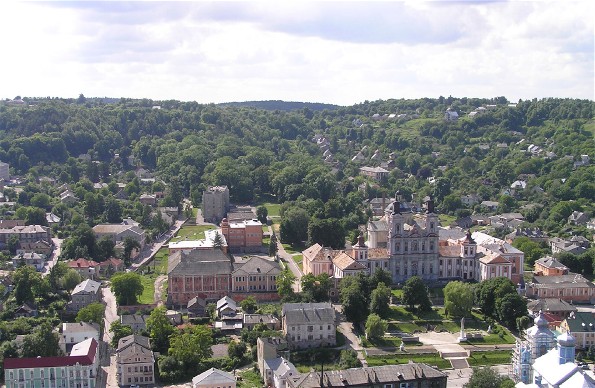
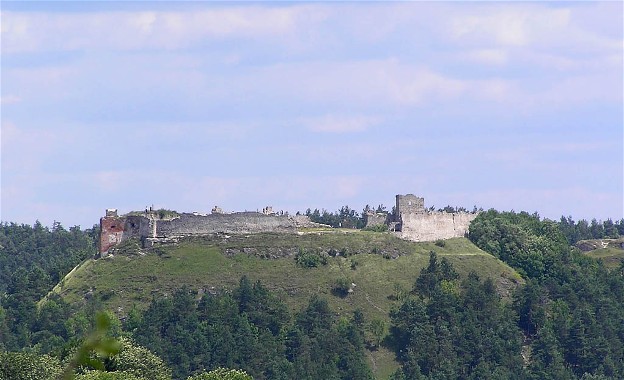
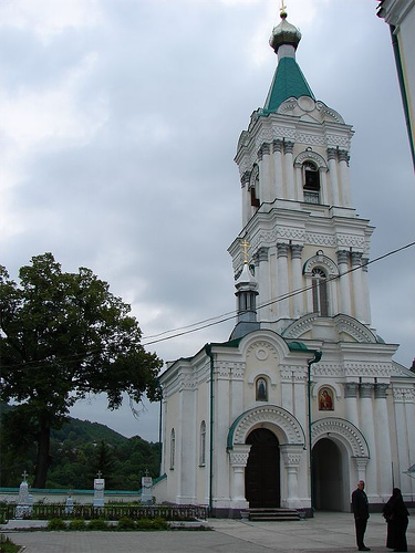
.jpg)
